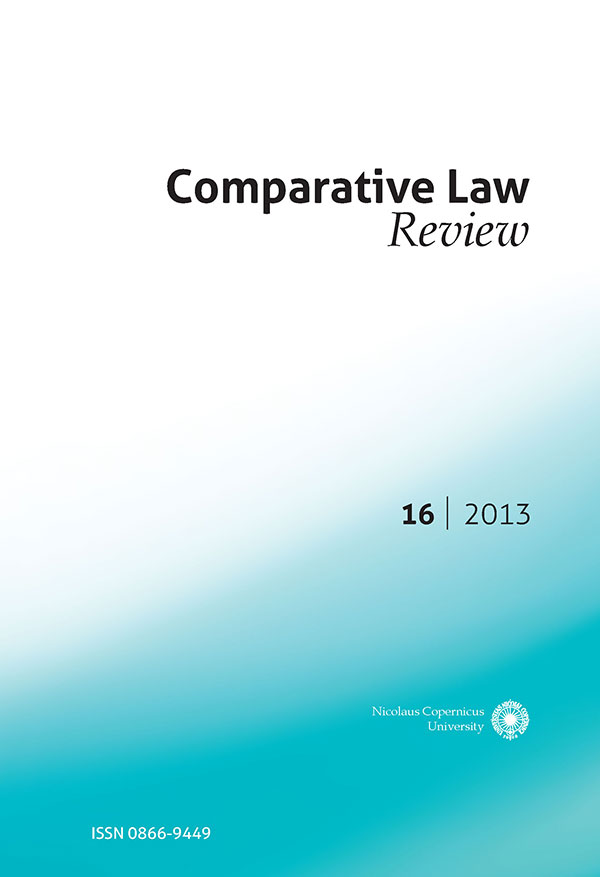THE GENERAL ANTI-AVOIDANCE RULE CONSULTATIVE COMMITTEES
THE GENERAL ANTI-AVOIDANCE RULE CONSULTATIVE COMMITTEES
Author(s): Agnieszka OlesińskaSubject(s): Law, Constitution, Jurisprudence
Published by: Wydawnictwo Naukowe Uniwersytetu Mikołaja Kopernika
Keywords: tax avoidance; anti-avoidance rule; GAAR; GAAR Panel
Summary/Abstract: A General Anti-Avoidance Rule (GAAR) is currently included in many tax systems to counteract the use (considered abusive) of the optimisation possibilities inherent in tax laws and available to taxpayers. A GAAR is applied if the sole or main purpose of the taxpayer’s legal activity was avoiding taxation. Owing to its nature, the GAAR inevitably uses vague terms. Its structure always gives the tax authorities a large margin of discretion when making decisions. Therefore, even though the decisions made by tax authorities are subject to judicial review, some countries operate the system in which the position is worked out by the tax administration with the participation of special consultative bodies appointed for that purpose. They are to some degree independent of the tax administration. In Australia, the authority is called The Australian GAAR Panel, in France –Comité de l’abus de droit fiscal (CADF), in Canada –The GAAR Committee, and in the United Kingdom –The GAAR Advisory Panel. This article presents the composition, functions and proceedings of these consultative bodies. It is useful to study and consider the role of the committees from a comparative perspective, because the idea of introducing a GAAR into the Polish tax system is being presently considered. The draft amendment to the Tax Ordinance Act published in 2013 by the Polish Ministry of Finance also provides for the establishment of such an advisory body.
Journal: Comparative Law Review
- Issue Year: 16/2013
- Issue No: 2
- Page Range: 67-90
- Page Count: 24
- Language: English

